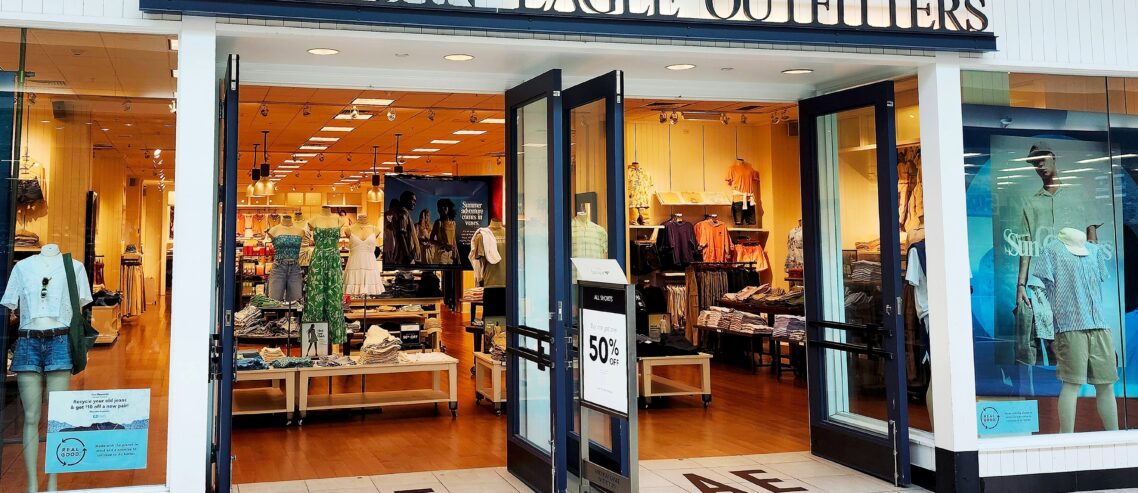The100: American Eagle, perspective triangulation and gnome bones
“You are not the consumer”
Remember the Sydney Sweeney and American Eagle kerfluffle? There was the backlash. The backlash to the backlash. The occasional small kitten died…
Mark Ritson has decided to run the data and give an objective analysis based on what the most important people in the room think: The consumer.
“It’s early days but three-month rolling data from brand tracking firm Tracksuit shows American Eagle essentially flat in terms of awareness, consideration and preference among the same Gen Z target market. The campaign has neither boosted nor broken the brand. […] consumer response was generally ‘meh’. ”
Are consumers aware to care?
Turns out it’s extremely difficult to build awareness of a brand’s purpose. Victoria Tait and the folk over at the Ehrenberg-Bass Institute have uncorked their latest vintage of marketing fact:
“The brand purpose recognition levels are remarkably low, even among some of the world’s leading purpose brands […] The brands selected for this research are recognised leaders in purpose marketing, with over half consistently communicating their purpose for 20 years or more. If even the ‘leading’ purpose brands are failing to cut through and build consumer awareness, suggests that there may be an inherent challenge in creating a purpose link for brands in consumer memory.”
“Notice assumptions you didn’t know you were making”
Neil Perkin has written a lot of stellar pieces on AI. However, his recent magnum opus on how to use it as a thought partner without atrophying your brain is probably my favourite. He covers the likes of perspective triangulation, norm switching and role-play debates:
“give the GPT a cast list, tell it to speak in numbered turns, giving one paragraph on a topic per role. You can then pause after each cycle and ask follow-up questions, go deeper on specific arguments or add a new ‘guest’. Seeing arguments collide in real time really opens up your mind to new perspectives and lets you notice assumptions you didn’t know you were making.”
Gnome bone
Ever wondered why the phrase ‘cabbage cage’ is funnier than ‘sell bargain’? Wonder no more! Emma Young of the British Psychological Society on what makes a phrase funny:
“concrete […] that were less dominating (less threatening); and that were less frequently encountered in English. But relationships between the two words were also important in determining how funny the phrase was. Pairs made up of individual words with completely unrelated meanings were more likely to be found funny […] The results also showed that pairs of more similar-sounding words (like moose ooze) were also more likely to be deemed funny.”
And finally…
“Embarrassment is an underexplored emotion.” Austin Butler (yes, that Austin Butler) giving me my new life motto while on SubwayTakes with Kareem Rahma.
Behind the scenes footage from Watch Me Think towers… Our long necked mascot, Decaffe, getting that C74 seen to after a long week 🤪
Average Svensson. Otto Normalconsumer. Translated Joe Bloggs equivalents from around the world.


Comments
Comments are disabled for this post